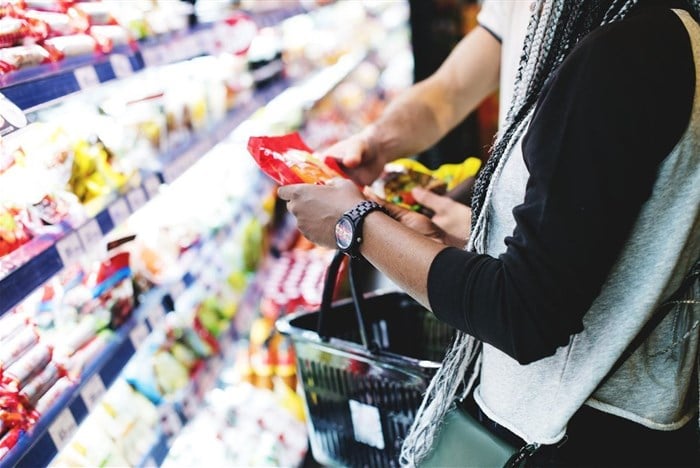
In the food basket, the bread and cereals category posted the highest increase of 20.5% year-on-year in February 2023 although slightly slower than the 21.8% pace for January.
This again reflects price gains of raw commodities in 2022 that manufacturers are still carrying, and further exacerbated by the cost pressures emanating from load shedding. Moreover, this category’s weight is significant in the food basket at 21%.
Nonetheless, we have seen some moderation in grain prices relative to 2022 levels and hopefully, this will be reflected in the next few months given the lag in the pass-through to the consumer prices.
Meat, with a higher weight of 35% in the food basket saw an increase of 11.4% year-on-year in February 2023 but decelerated to 0.2% month-on-month after jumping 2.6% month-on-month in January. Unrelenting cost pressures emanating from elevated feed costs and load shedding were the biggest drivers of higher meat inflation as producers especially of intensive production systems were left with no choice but to recover costs.
Other sizeable increases included oils and fats, vegetables, and other foods with 16.7%, 15.7%, and 15.0% year-on-year respectively. Gains in oils and fats reflect the elevated trend in domestic oilseed crop prices relative to last year.
However, monthly prices on both the domestic and international markets trended on the downside in February which has the potential to limit further upside in consumer prices in the months ahead.
Furthermore, global food inflation remains on the downside as per the United Nations Food and Agriculture Organization’s February update which showed a fourth consecutive decrease to -8.1% year-on-year.
Fortunately, the domestic summer crop season is expected to end on a high note with a good harvest given the excellent seasonal conditions which bodes well for food inflation in the months ahead.
Although still early to celebrate, the latest developments out of Eskom with some plants achieving a 70% energy availability factor create optimism of a near end to load shedding which should reduce pressure on producers with a higher electricity need for their operations.